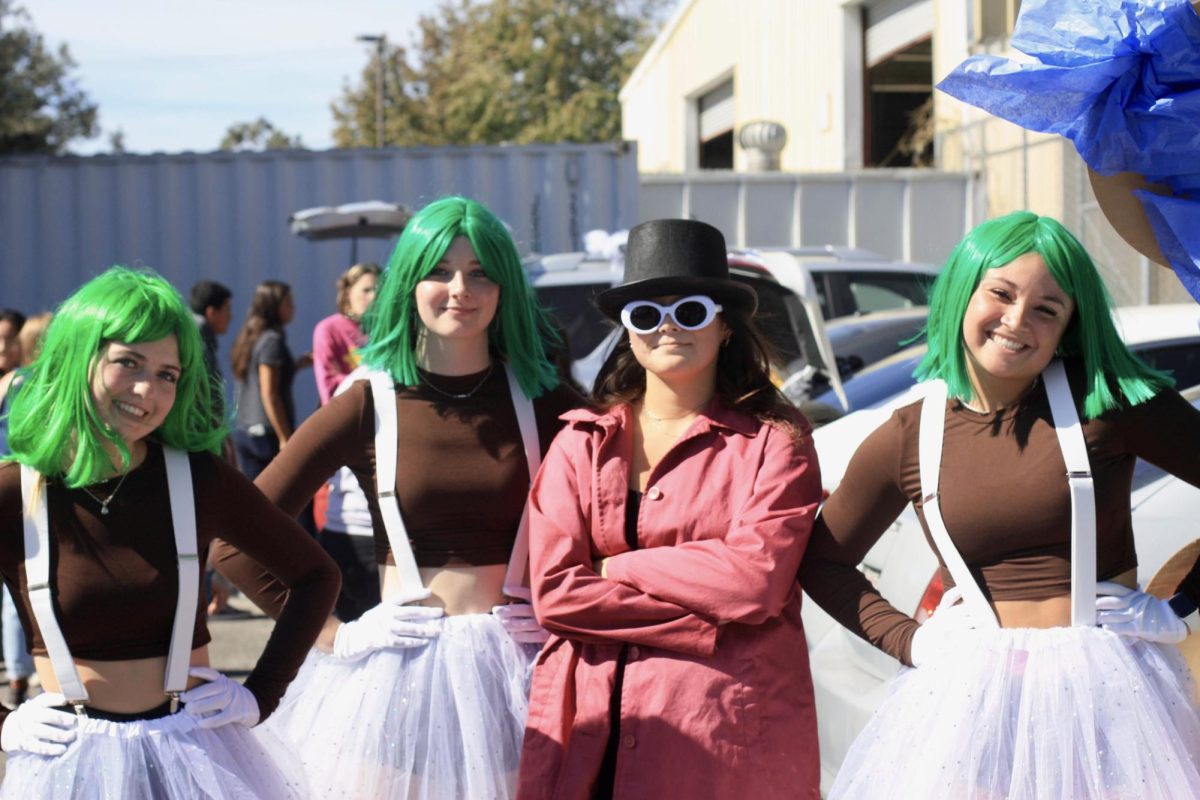In the United States, Feb. 14 is known as the day of heart-shaped boxes, cute teddy bears and Hallmark’s soaring profits with their endless varieties of greeting cards. Additionally, who can forget the cheap-yet-cute Valentine’s card-and-candy kits we’d exchange in elementary school? Whether you’re celebrating with your special someone, sharing the love with your friends or sarcastically detesting anything romance-related, the day’s festivities are a longtime tradition, with many other countries across the world having their own versions of this love-filled day.
The beginning of the traditional day and its namesake remains unclear— there are three different Catholic saints named Valentine, one of which was a military hero who spared married men from service, another being an ill-fated jailbreaker who helped Catholic escapees from Roman prisons and the last whose final words were to his star-crossed lover while he was shackled in jail. According to History.com, the oldest surviving Valentine to have been sent was in 1415 from an English duke who wrote to his wife while a prisoner of war, and by the mid-18th century, exchanging sweet notes and keepsakes had caught on among friends and lovers alike.
While other countries also celebrate Valentine’s Day in Feb., Japan and South Korea also have White Day, a similar holiday in March. Started by Japanese confection companies as a sweet sales-generating tactic, other East Asian countries like China, Taiwan and Vietnam have adopted the traditions in part. Traditionally, women are the gift-givers on Valentine’s Day, and on White Day, men reciprocate with an even more valuable gift. However, regardless of relationships or friendships, many now see the latter day as the perfect way to return the favor should the gifts be unexpected. In addition to the Feb. holiday, Argentinians celebrate Sweetness Week in July. Wales celebrates their own saint of love on Jan. 25, known as Dwynwen’s Day, in which many are known to carve ornate “love spoons” for their beloved.
Additionally, Black Day in April is celebrated in South Korea for those humorously indignant to the romantic gestures of the previous holidays, or otherwise single people. On Black Day, those who did not receive gifts on Valentine’s or White Day get together to enjoy black bean noodles, or jajangmyeon, and wear black as custom for funerals.
Whatever the name or the date may be, people around the world love to celebrate love, particularly through giving gifts and acts of service. While some may criticize Valentine’s Day for promoting excessive or unnecessary spending or bemoan romance, others make the day a lovely occasion to regale friends and family and show appreciation for each other.





















